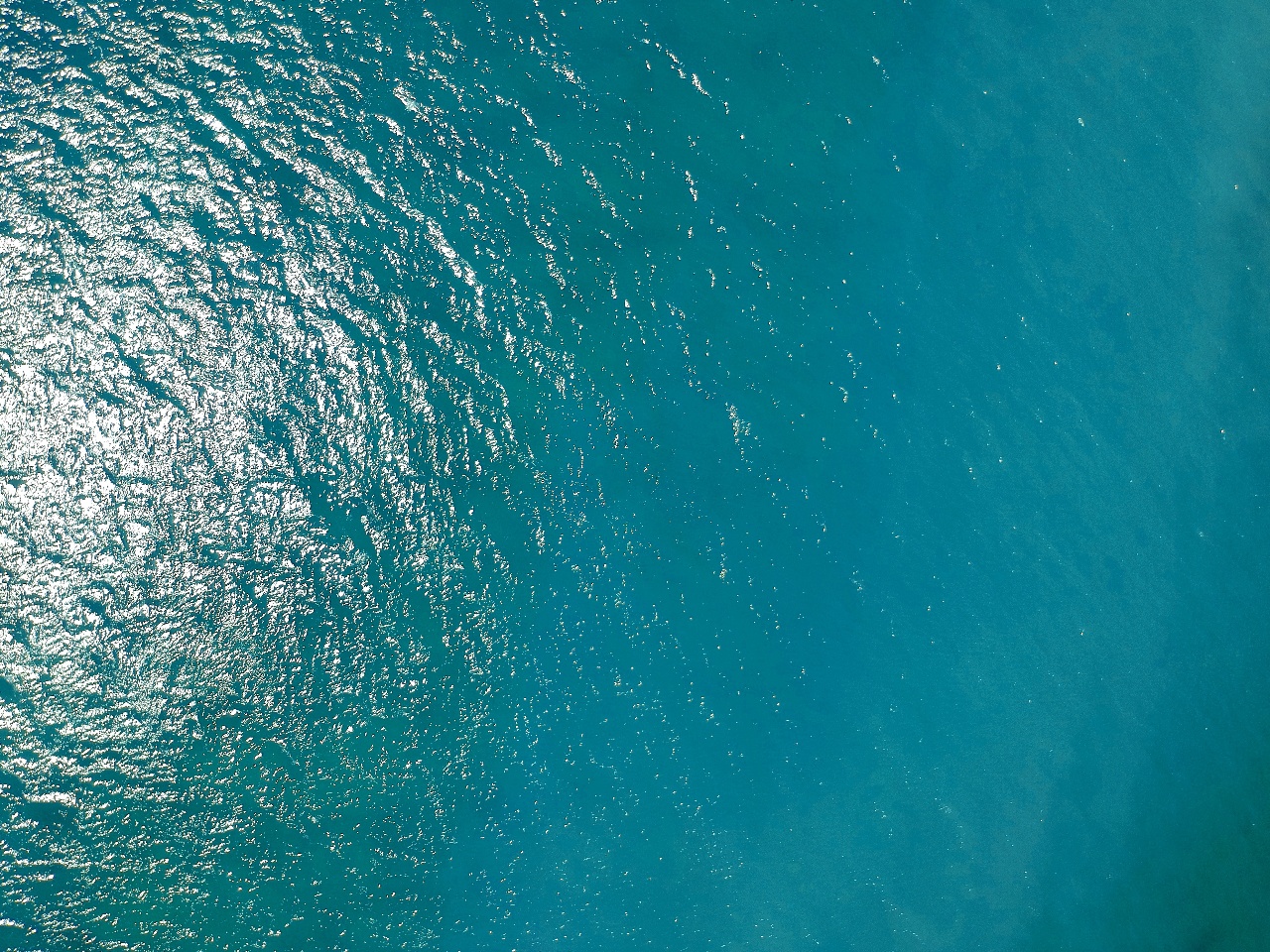If you've read over our Submarine Cable Frequently Asked Questions, you know that cable faults are common. On average, there are over 100 each year.
Of course, as a society heavily dependent on these cables, we've gotten quite good at repairing them. But what was the repair process like a few decades ago? How were cables fixed in the era of the Walkman? Time for a trip down memory lane.
A 1982 report archived by the AT&T Tech Channel highlights the progress of SCARAB (Submersible Crafts Assisting Repair and Burial) developed at the Bell Labs Holmdel Center in the late 1970s.
These submarine robots were specifically engineered to address underwater cable damage. However, they were limited by a 10,000-foot-long control cable and could only withstand water pressure up to 6,700 feet.
Weighing in at 6,300 pounds, each craft required three people to monitor and control it during operations.
You’ll find the full archived video below.
Footage Courtesy of AT&T Archives and History Center, Warren, NJ
How Do Repairs Work Today?
We have another video for that. This one comes from the team at Subcom.
As you'll see below, a repair ship uses a specialized hook to snag the damaged cable from the ocean floor. Once the cable is hooked, it's slowly pulled up to the surface and onto the deck of the ship. ⬇️
The damaged portion of the cable is removed and replaced with a new section of spare cable carried on the repair ship. Technicians splice the fibers in the new section to the existing ends of the cable.
Once the repair is complete, the new section of cable is lowered back to the seabed.
Most cable-using companies follow a “safety in numbers” approach, spreading their networks’ capacity over multiple cables so that if one goes down, their network will run smoothly over other cables while service is restored on the damaged one. This is redundancy.
When multiple submarine cables are available between two nodes, data transmission may take multiple paths. Two cables traveling between nodes provide one level of redundancy. Three provide two levels of redundancy, and so on.
Further, most individual cable faults are never disclosed to the public.
As part of our Transport Networks research product, we collect a subset of cable faults—those that have been publicly disclosed—and present them in a nifty, searchable dashboard. (If you’re a subscriber, you can check it out at this link.)
The dashboard does suggest a slight uptick in publicly-known faults in 2024. However, outside a few more publicly disclosed faults in the Baltic than usual, this anecdotal dataset shows nothing outside historical norms.




